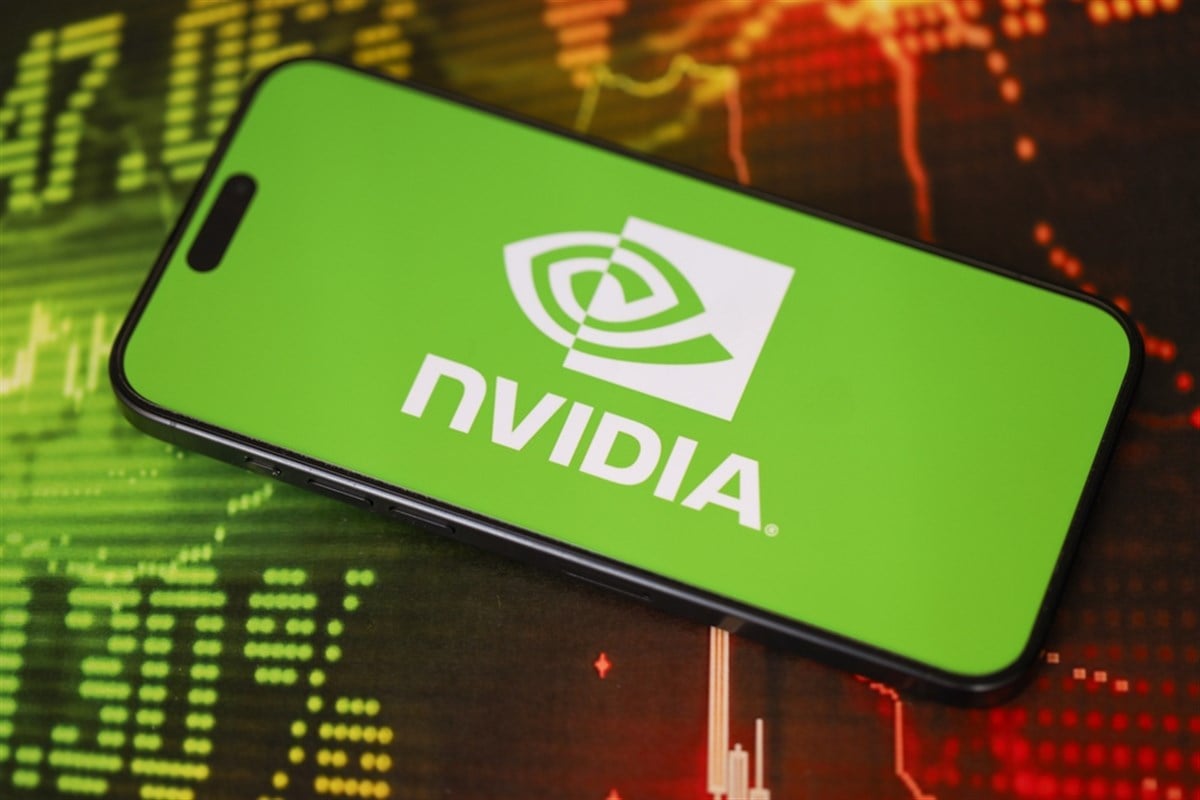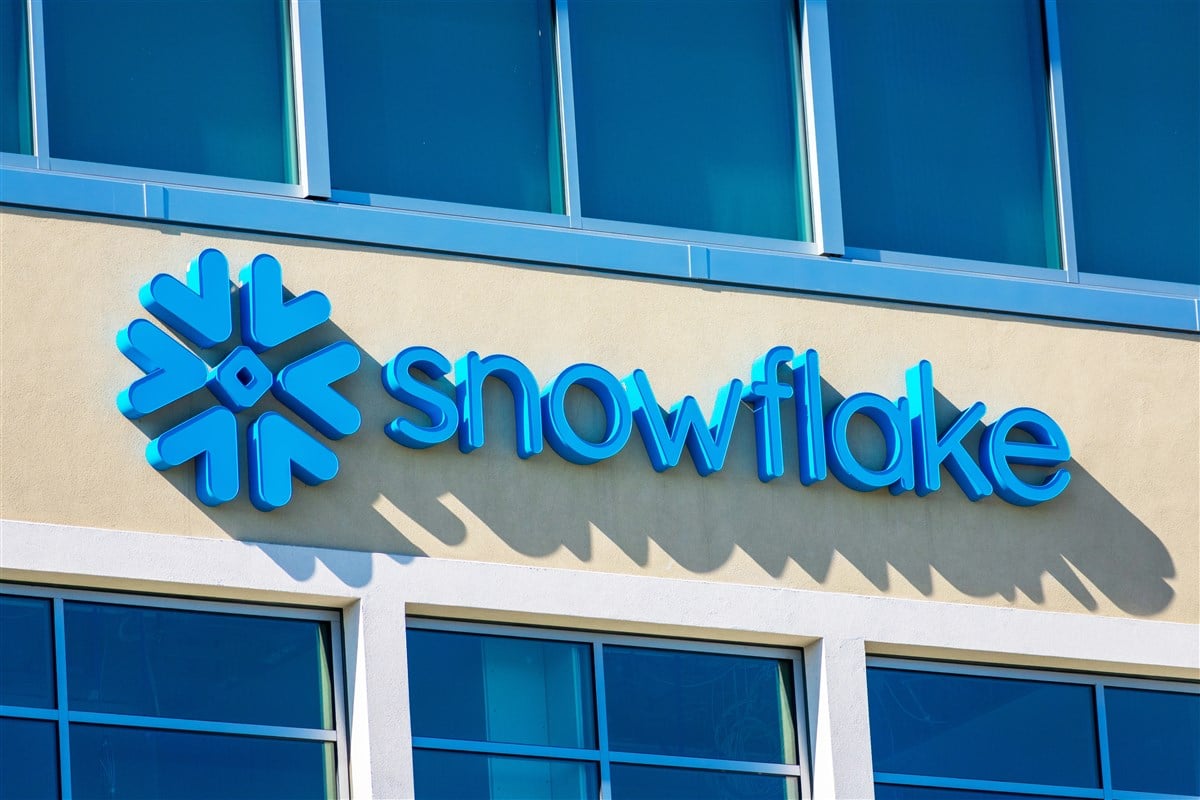Picks & Shovels: Investing in the Physical Foundation of AI

While the world marvels at artificial intelligence's (AI) intelligence, the revolution runs on something far more tangible: immense electrical power and vast physical space. It is easy to get lost in a conversation with an AI chatbot, and few people consider or understand how these lifelike conversations are created.
While the general public is busy inundating artificial intelligence with questions, like a curious toddler at a dinosaur exhibit, astute investors should recognize a more profound truth.
For every new AI model that garners attention and provides answers, an invisible network of enormous digital factories operates ceaselessly, consuming the electricity equivalent to that of a small city. This reality has ignited a robust but less-publicized bull market in the picks-and-shovels of the AI era, the companies that build, operate, and equip these critical data centers.
Recent financial reports from key players reveal a clear trend: the AI infrastructure build-out is not a future event; it is happening now and driving record results.
More Power, More Cooling, More Demand
AI workloads are fundamentally different from traditional computing workloads. Training large language models requires computational intensity that consumes multiples of the power used in conventional computing. This has elevated the importance of power density within the data center sector.
Power density is the amount of electricity delivered to and cooled within a single server rack. While a typical traditional computing rack has historically operated at 5-10 kilowatts (kW), most new AI deployments demand over 40 kW per rack.
This intense power consumption generates enormous heat, far more than conventional air-cooling methods can extract. This makes advanced liquid cooling, once a niche technology, an industry standard and a significant new spending category within the tech sector.
This surging demand for large amounts of highly electrified space, combined with the non-negotiable deal-breaker of sophisticated cooling infrastructure, is the fundamental catalyst driving the strong performance of the entire data center ecosystem.
Digital Landlords: Cashing In on Critical Real Estate
At the core of this ecosystem are the digital landlords. These Real Estate Investment Trusts (REITs) own and operate the facilities where providers place their data racks. They benefit from recurring revenue streams and long-term leases, offering a durable investment model.
Equinix (NASDAQ: EQIX): As the world's digital meeting place, Equinix operates over 270 data centers focused on interconnection.
This creates a powerful network effect that is difficult to replicate.
The company's second quarter 2025 earnings results demonstrated the stability of this model, with Adjusted Funds From Operations (AFFO) (a key REIT metric) growing 11% year over year to $9.91 per share.
This performance led Equinix to raise its full-year 2025 guidance. For investors, its consistent, dividend-paying history since its REIT conversion in 2015 offers a stable way to invest in core digital infrastructure.
Iron Mountain (NYSE: IRM): Leveraging its global reputation for security, Iron Mountain is successfully expanding into the data center market. This diversification is a key growth driver, with its data center segment reporting 24% revenue growth in its second-quarter 2025 earnings report.
The company boasts a 202-megawatt (MW) development pipeline, with 60% of its pre-leased capacity. This is part of a broader 1.3-gigawatt (GW) overall pipeline, collectively ensuring exceptional long-term revenue visibility.
Its 15% year-over-year growth in AFFO per share underscores the financial success of this strategy, rewarding investors with growth and income.
Technologists: Supplying the AI Infrastructure Boom
If REITs are the landlords, a separate class of companies provides the critical technology that makes an AI-ready data center function. The financial results of these suppliers offer a direct barometer of the industry's capital spending.
Vertiv (NYSE: VRT): As the plumber and electrician of the AI era, Vertiv builds the essential power and cooling hardware.
Its solutions are mission-critical for managing high-density AI servers' electricity and thermal output.
The surging demand is clear from its third-quarter 2025 earnings report: organic orders skyrocketed approximately 60% year-over-year, its backlog swelled to $9.5 billion, and its adjusted operating margin expanded by 220 basis points.
This explosive order growth provides a clear line of sight to future revenue and is a primary catalyst for the stock's performance.
Pure Storage (NYSE: PSTG): Positioned as the high-speed librarian, Pure Storage's all-flash storage arrays provide the instant data access that AI models require.
The company's successful shift to a subscription model drives predictable growth, evidenced by an 18% increase in Subscription Annualized Recurring Revenue (ARR) to $1.8 billion.
Its strong execution is also evident in its financials, with a 17.4% free cash flow margin in its second quarter 2026 earnings report and a recent Sector Leader designation from Gartner, validating its market position.
When Headwinds Become a Moat
The strong performance of these stocks has not gone unnoticed, and valuations, particularly for Vertiv and Pure Storage, reflect high expectations. Their elevated price-to-earnings ratios (P/E) signal the market's conviction that recent growth is not a temporary spike but the start of a long-term, AI-driven trend.
Furthermore, the industry's most significant challenge (the scarcity of grid-scale power) is evolving into a competitive advantage. Data center operators like Equinix and Iron Mountain that have already secured land with power purchase agreements have a formidable moat.
This scarcity also benefits technology providers whose energy-efficient solutions, such as those from Vertiv and Pure Storage, become increasingly critical for maximizing output per kilowatt.
The financial results are clear: the companies building the physical layer of AI are experiencing a demand boom translating into record revenues, massive backlogs, and rising stock prices.
Investing in this ecosystem is not about speculating on the future of AI; it is about investing in the tangible infrastructure being built to support it today, offering a compelling strategy for powering an investment portfolio.



